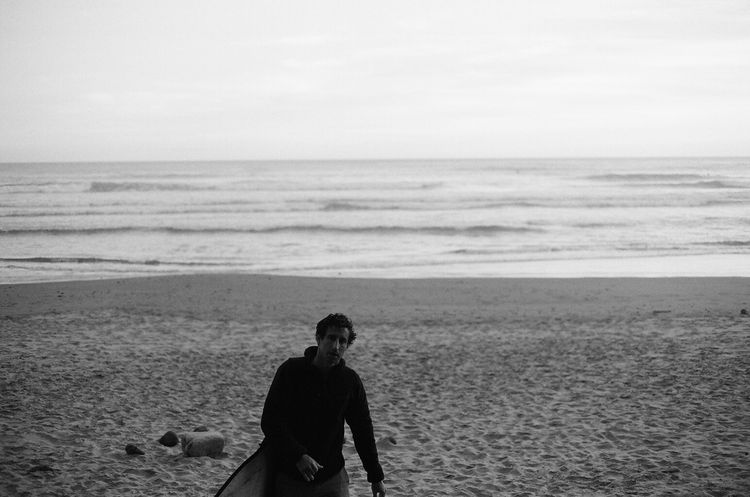Negative Calories For Weight Loss
Salad and satiety: energy density and portion size of a first-course salad affect energy intake at lunch.
JOURNAL OF THE AMERICAN DIETETIC ASSOCIATION
A meal with negative calories sounds like a weight-watcher’s dream, which might explain why the theory was ripped apart on the internet. It can’t be true!
The initial idea was that a food like celery, which is mostly water and fiber, actually burns more calories during digestion than it provides. This implies that you can feel full from certain foods without the bummer of gaining weight. Can it be true?
Today’s study tested this theory using an ancient trick: the first-course salad. Researchers at Penn State wanted to know if the total calories eaten in a meal would be less if participants ate a low-calorie salad first before stuffing their faces with pasta. This is known as “preloading” in the nutrition science underworld, and is typically achieved with water.
After 7 weeks of varying lunches, the results show that the portion size of the salad was the major factor determining subsequent intake of the pasta. In other words, the calorie density of the first course was the main determinant of the overall caloric intake of the meal. It's true, salad does indeed provide “negative calories” in that the participants ate more food than had they only eaten pasta, but ended up with fewer calories in their system because they felt full.
This was only true, however, if the salad was actually salad and not a frankenfood with ranch dressing, cheese, and croutons.
Takeaway
Suggesting that someone simply “eats less” to lose weight isn’t helpful when there are better strategies to stay full and also eat healthy food. Combining a low-calorie food like a salad with an entree like pasta leads to less overall calories consumed when compared to just eating pasta alone. Good to know on ice cream night.
Hat tip to Dr. Michael Greger for the idea.





Member discussion